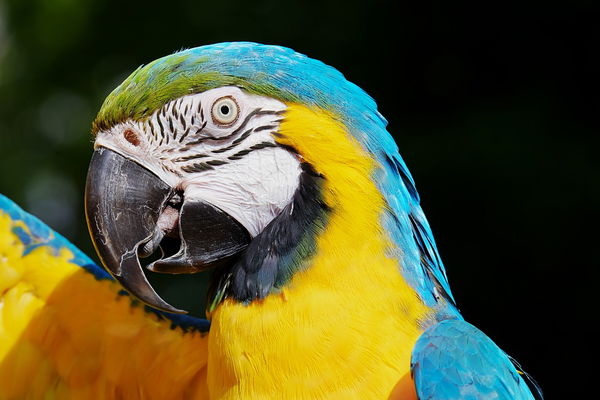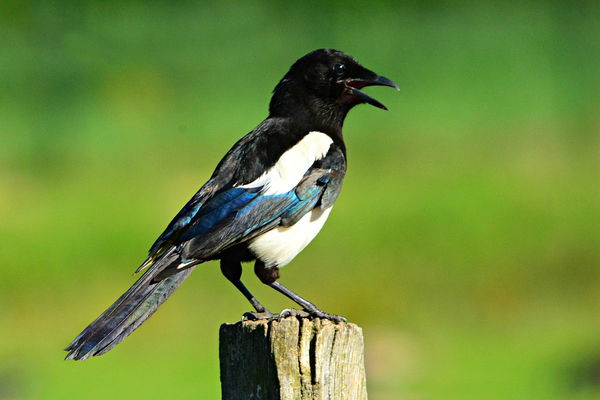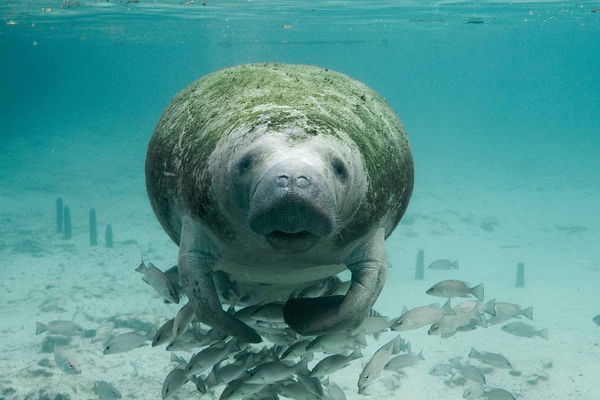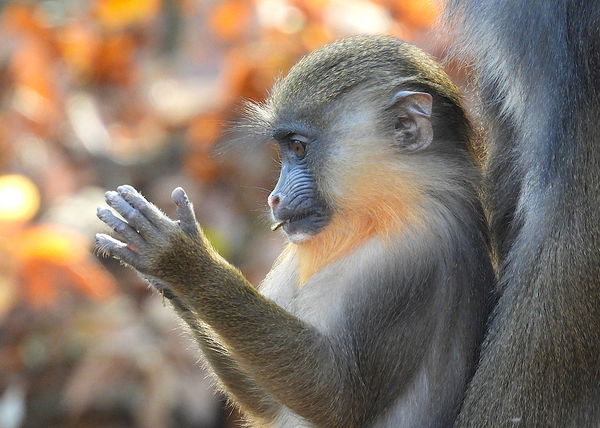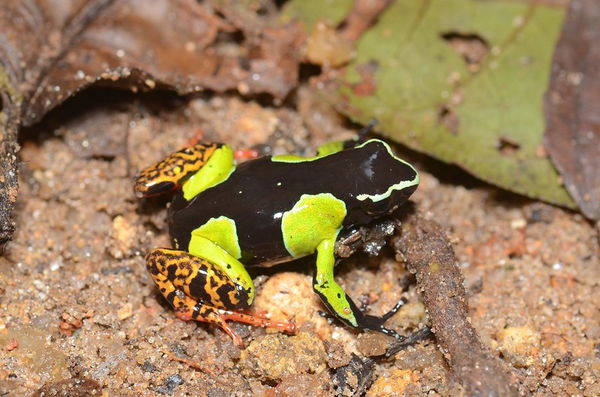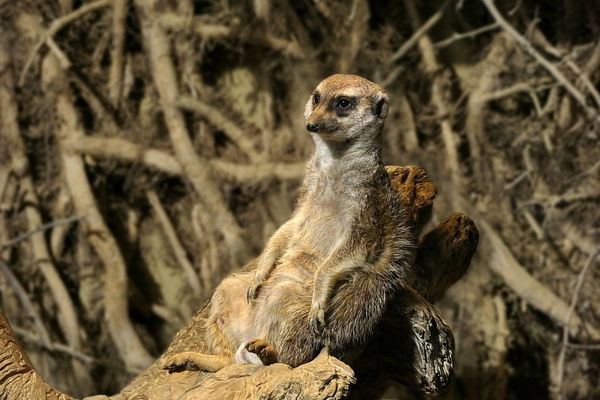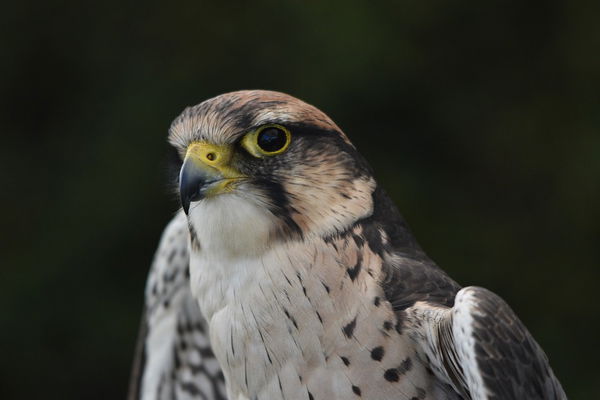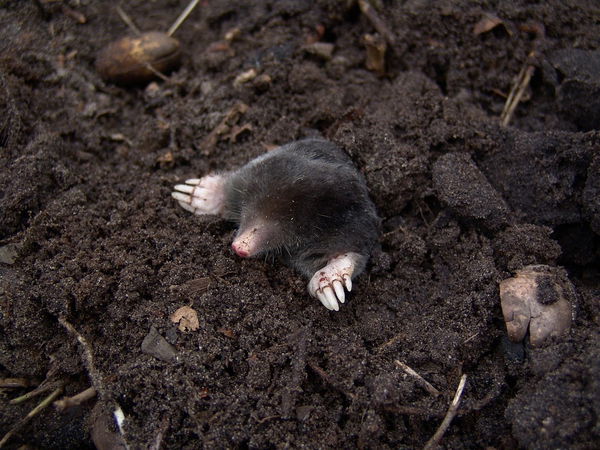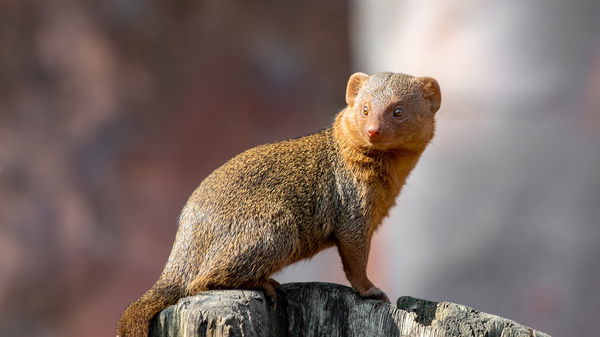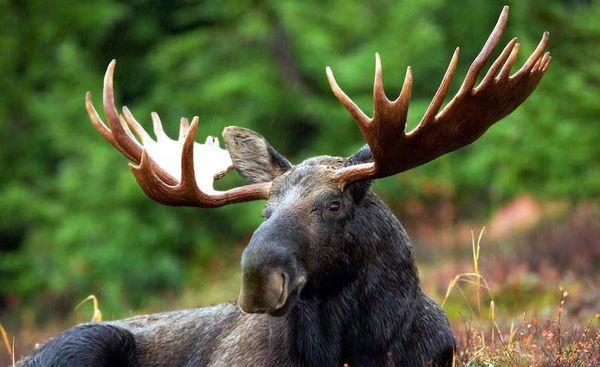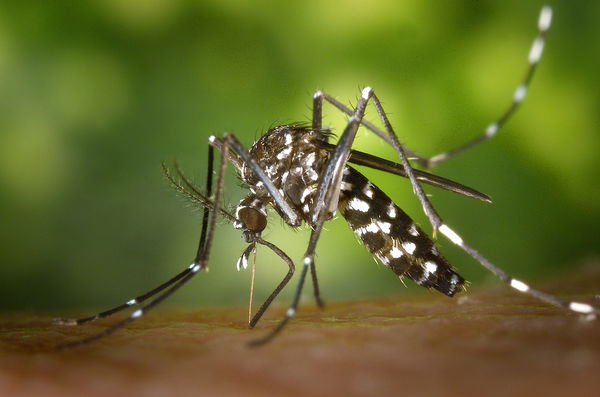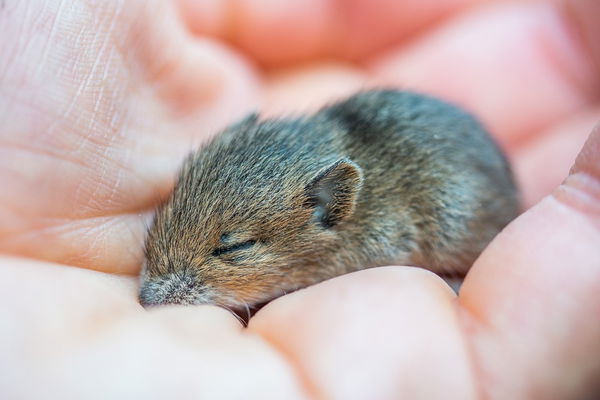The macaw, also known as the guacamayo in Spanish, is a brightly colored parrot that is native to the tropical regions of South and Central America. They are known for their vibrant plumage, which can feature a range of colors including red, blue, green, and yellow. Macaws are social birds and are often seen in large flocks.
Macaws are highly intelligent and can be trained to perform a variety of tricks and behaviors. They are also known for their impressive vocal abilities and can mimic human speech and other sounds. In the wild, macaws primarily feed on fruits, nuts, and seeds.
Unfortunately, macaws are threatened by habitat loss and the pet trade, with some species considered endangered. Conservation efforts are underway to protect and preserve these beautiful birds.
